What is perlite?
The progenitor of perlite is obsidian, a shiny black volcanic glass. For many years, it is washed by groundwater, due to which a slow hydration reaction occurs, crystalline hydrates are formed, the melting point of the material decreases and it becomes possible to soften it under factory conditions.
The mined perlite is crushed into small fractions and subjected to thermal shock at a temperature of 900-1100 ° C. The bound water is released explosively, forming millions of small bubbles and increasing the volume of the feedstock by 5-20 times. This process is called swelling.
The material becomes brittle and its porosity reaches 90%. Expanded perlite is similar to crumbled polyurethane foam or cat litter. The color varies from dirty gray to snow-white, the granules are easily rubbed with your fingers, but you need to be careful Is a former glass, a strong abrasive that can scratch the skin.
Scope of application of perlite is wide and depends on the faction:
- construction - granules from 0.16 to 20 mm, density 75-200 kg / m³, used for warming houses and filling lightweight concrete;
- agroperlite - granules from 0.63 to 5 mm, density not higher than 160 kg / m³, widely used in agriculture, floriculture, hydroponics, landscape art;
- perlite powder - granules from 0.01 to 0.16 mm, acts as a filler for filters in the food, oil and gas and medical industries.
Perlite properties:
- neutral (pH = 7);
- is able to absorb water in a volume that is four times its own;
- does not contain anything at all, neither mineral salts nor organic substances;
- not subject to either biological or chemical degradation.
What is vermiculite?
For this valuable helper, we must thank hydromica, which has a much more complex composition than obsidian. Usually, iron and magnesium compounds predominate. Since hydromica has been exposed to water-wind erosion for centuries, there are almost no soluble salts in it, but they appear in the process of destruction of crystalline hydrates.
This is the main difference between perlite and vermiculite - the latter can be considered as a mineral fertilizer and a natural growth stimulator.
Vermiculite is obtained from hydromica in three stages, the final stage is also a thermal shock, but at a temperature slightly lower - 850-880 ° C. But the result looks even more impressive: the material increases in volume by at least 15 times and acquires the ability to absorb water 5 times its own weight.
Vermiculite is divided into types, according to the characteristics of its composition:
- copper vermiculite;
- biotite - with a predominance of iron;
- batavit - without iron;
- lukasite - chrome.
Composition affects color, which can be black, gray, greenish, brown, red-brown, golden yellow.Vermiculite remains similar to mica, it is relatively plastic and soft, non-abrasive and is an elongated crystal with ragged edges, that is, its appearance is very different from pearlite.
Scope of application of vermiculite exactly the same, and in construction it is sometimes preferable, since it is better suited for the production of refractory materials and laying foundations.
In agriculture, agrovermiculite is used with a granule size of 0.8-5 mm.
Vermiculite properties are similar to the properties of perlite, only two indicators differ slightly:
- density - 65-130 kg / m³;
- porosity - 65-90%.
Both of these substances are environmentally friendly and belong to the 4th class.
Comparison by characteristics
The substances are similar in many respects, but they have significant differences in terms of their effect on plants.
| Characteristic | Perlite | Vermiculite |
|---|---|---|
| Structure | obsidian | hydromica |
| Appearance | loose crumb of irregular shape from dirty gray to snow-white color | elongated flat ragged crystals of black, gray, brown, red-brown, greenish or golden-yellow color |
| The cost | 20-30 rubles for 1 liter | 50-60 rubles for 1 liter |
| Application | Baking powder, insulation and soil moisture regulator | |
| Seed germination medium | ||
| Drainage layer | ||
| Substrate in hydroponics | ||
| Protection against acidification and waterlogging of soil, pests, fungi and bacteria | ||
| Fertilizer sorbent | ||
| Mulch | ||
| Mineral fertilizer | ||
| Growth stimulant | ||
| Effects on plants | It gives off water more actively than vermiculite, helps its uniform distribution in the soil, promotes rapid growth and branching of the root system | It is electrically charged, unlike perlite, therefore it retains beneficial ions, reducing the need for plant nutrition, and absorbs nitrates that are harmful to health |
| Draws out moisture from a great depth, this capillary effect is indispensable in hydroponics for wick irrigation | It absorbs moisture even better than perlite, it can even pull it out of the air, thereby reducing the frequency of watering | |
| Promotes rapid soil drying and high-quality aeration, prevents rotting and the development of mold | Stronger and more homogeneous, better baking powder, prevents the soil from clumping after wintering and prolonged precipitation | |
| Can protect seedlings from the scorching sun, being scattered over the beds, due to translucency | Non-abrasive, therefore safe for delicate young shoots and roots when transplanting | |
| More affordable than vermiculite | Contains valuable mineral salts necessary for full-fledged growth and rapid development of plants | |
What's better?
Before identifying and honoring a leader, it is fair to list the shortcomings of each candidate.
Cons of perlite:
- electrically neutral, therefore, does not participate in ion-cation exchange;
- when irrigated with hard water and regular application of potassium and sodium, it leads to leaching of the soil, and this is unacceptable for crops that prefer slightly acidic soils;
- fragile, with active loosening of the beds, it quickly crumbles into dust and ceases to cope with the assigned tasks, in addition, it is harmful to inhale this dust;
- abrasive, therefore requires careful use.
Cons of vermiculite:
- promotes the development of colonies of microalgae in warm, humid climates and in clayey soils;
- costs several times more expensive than perlite, which makes its use in large farms unprofitable, despite all the advantages.
So, let's summarize. When it comes to indoor floriculture, the preparation of seedlings and cuttings for a small personal garden or flower bed, the issue of volumes and costs fades into the background, so vermiculite can be safely recommended. And when it comes to huge agricultural areas or hydroponic complexes, it is wiser to choose agroperlite.
There is an option to mix these additives in half or take 40% vermiculite + 60% agroperlite. In total, the soil should contain from 10 to 50% of the mixture, regardless of its composition. For heavy and dense soils, such as black soil, it is better to take 45-50%.
Both perlite and vermiculite have useful properties that fully justify the cost. Whatever choice you make is better than choosing not to use either option.

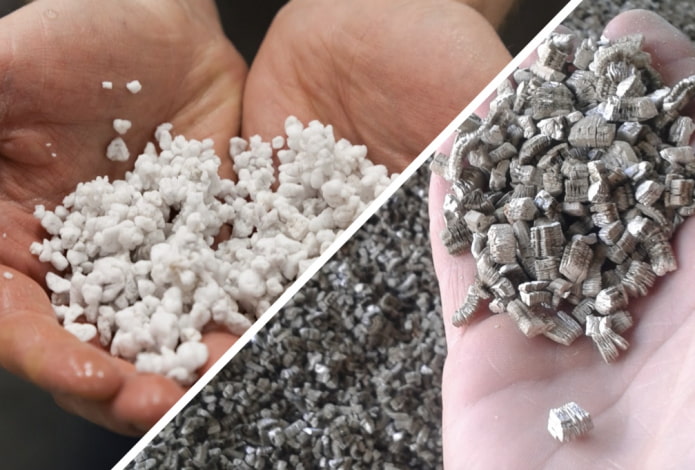
 10 practical tips for arranging a small kitchen in the country
10 practical tips for arranging a small kitchen in the country
 12 simple ideas for a small garden that will make it visually spacious
12 simple ideas for a small garden that will make it visually spacious

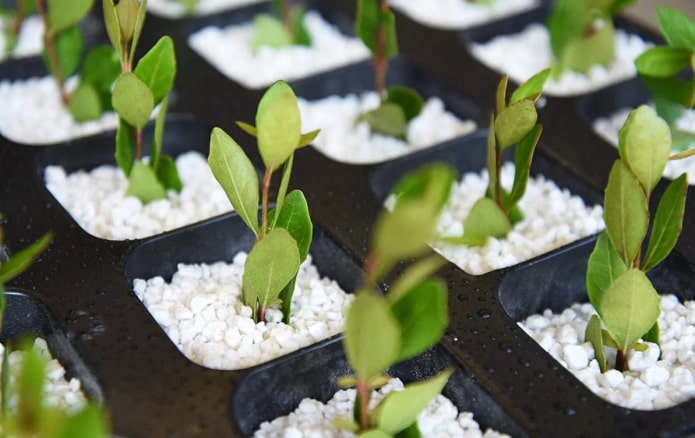
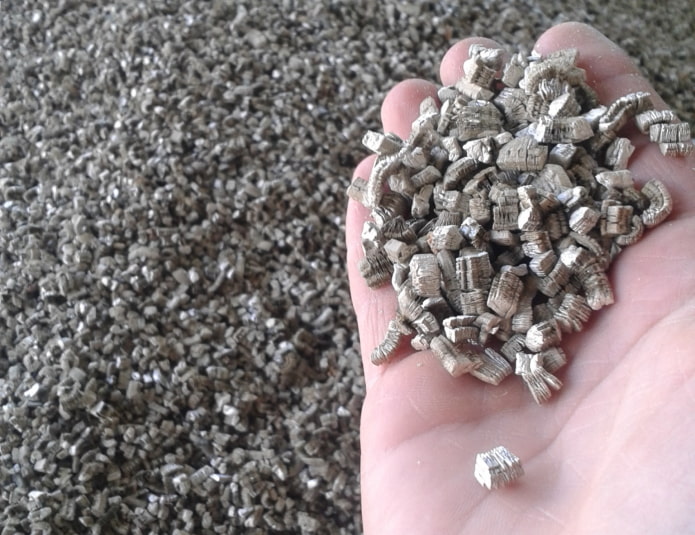
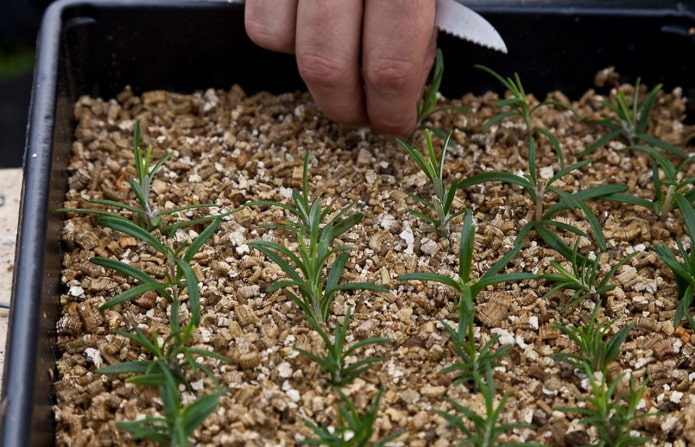
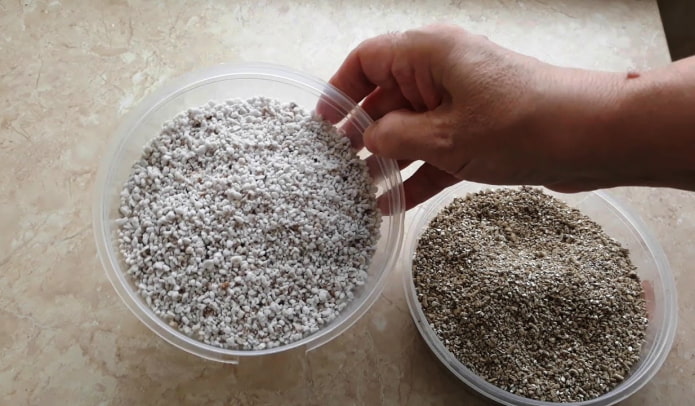
 13 bad habits a good housewife shouldn't have
13 bad habits a good housewife shouldn't have 24/7 home cleanliness - 4 secrets for the perfect housewife
24/7 home cleanliness - 4 secrets for the perfect housewife 6 hotels in Sochi that will give odds to the promoted foreign hotels
6 hotels in Sochi that will give odds to the promoted foreign hotels Top 10 interior design trends 2020
Top 10 interior design trends 2020 Rating of cheap TVs with Smart-TV
Rating of cheap TVs with Smart-TV New Year's LED garlands on AliExpress - we disassemble while it's hot, so that it's bright at home
New Year's LED garlands on AliExpress - we disassemble while it's hot, so that it's bright at home